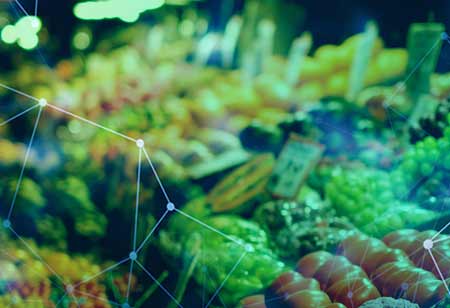Thank you for Subscribing to Food Business Review Weekly Brief
Key Trends Influencing Food Manufacturing Labs
COVID-19 continues to provide obstacles for all industries, dictating how they must adjust in the future.

By
Food Business Review | Wednesday, February 02, 2022
Stay ahead of the industry with exclusive feature stories on the top companies, expert insights and the latest news delivered straight to your inbox. Subscribe today.

The food testing laboratories continue to face the difficulties that arose over the past several years, but innovation and progress come with the problem.
Fremont, CA: COVID-19 continues to provide obstacles for all industries, dictating how they must adjust in the future. Specifically, the food production business continues to experience problems with factories closing due to outbreaks, labor shortages, and domino-effect supply chain concerns, pushing them to adapt to continue meeting customer demands and supplying the public with safe food. With these modifications in mind, testing and detection in laboratories have evolved, impacting various trends in food manufacturing laboratories.
Here are the key trends influencing food manufacturing labs:
Testing levels keep increasing
Some clients intended to reduce testing and production at facilities in 2021 to compensate for the loss of staff caused by the pandemic, which induced staffing shortages in manufacturing roles. However, as a result of the expanding employment patterns in the manufacturing sector, testing should increase in 2022, hence raising the baseline output levels in the plants. According to the Bureau of Labor Statistics, manufacturing employment increased by over 113,000 in the fourth quarter of 2021. Although still below February 2020 employment levels, the ongoing growth is good news for the food manufacturing business.
Third-party labs have become popular
Food production tests will be undertaken on-site or at a third-party laboratory. Despite labor shortages, many manufacturers continue to lack the personnel necessary to maintain an on-site testing facility. Consequently, manufacturers will seek assistance from third-party labs to increase testing volumes and productivity. In addition to assisting manufacturers with testing, third-party labs frequently have the capacity to undertake confirmation tests on products, which may not have been possible if completed on-site. In addition, as a result of multiple lab consolidations in recent years, the capacity of third-party labs to transport products for mandatory testing is considerably easier and more feasible than when testing is conducted on-site.






